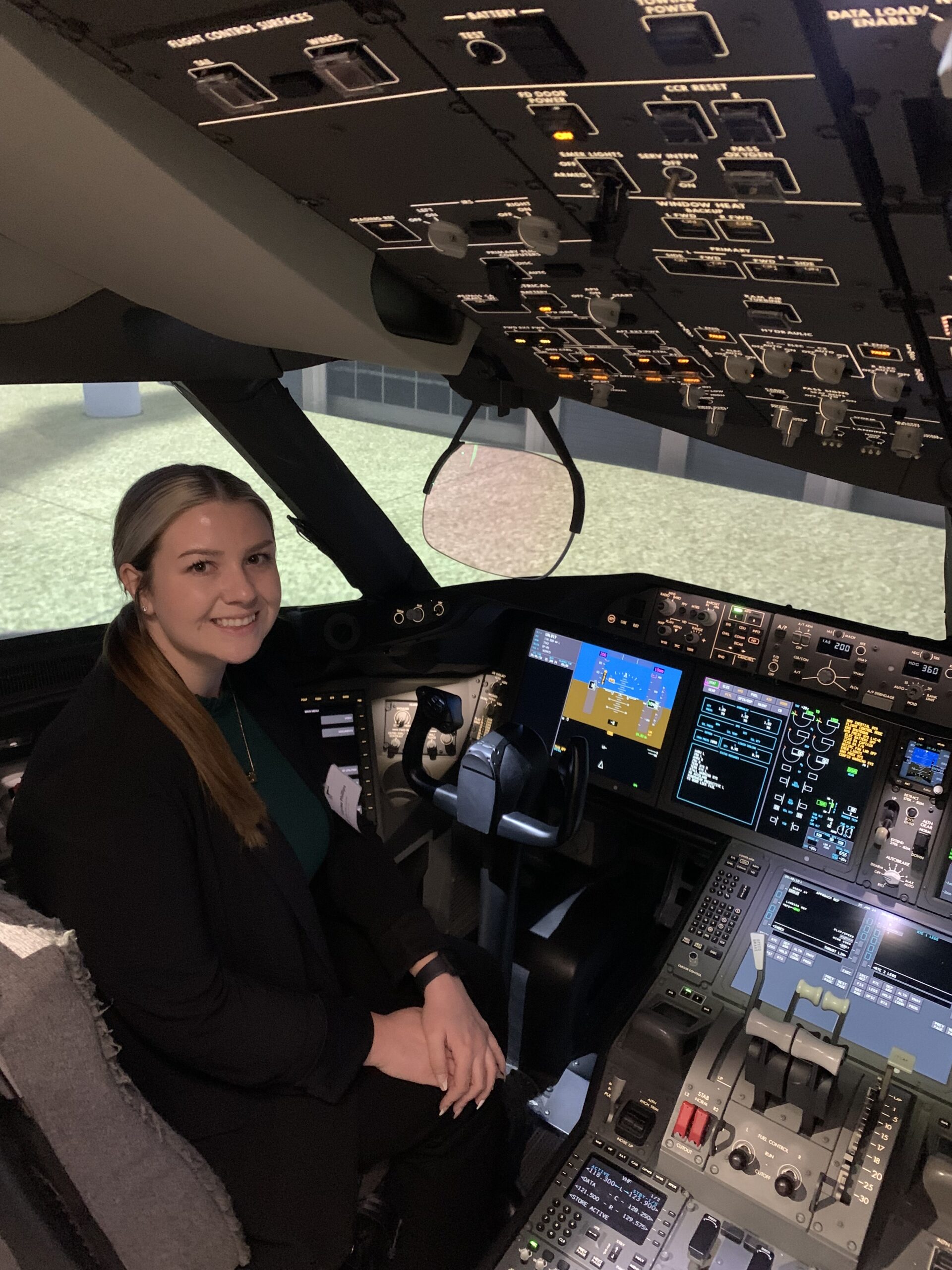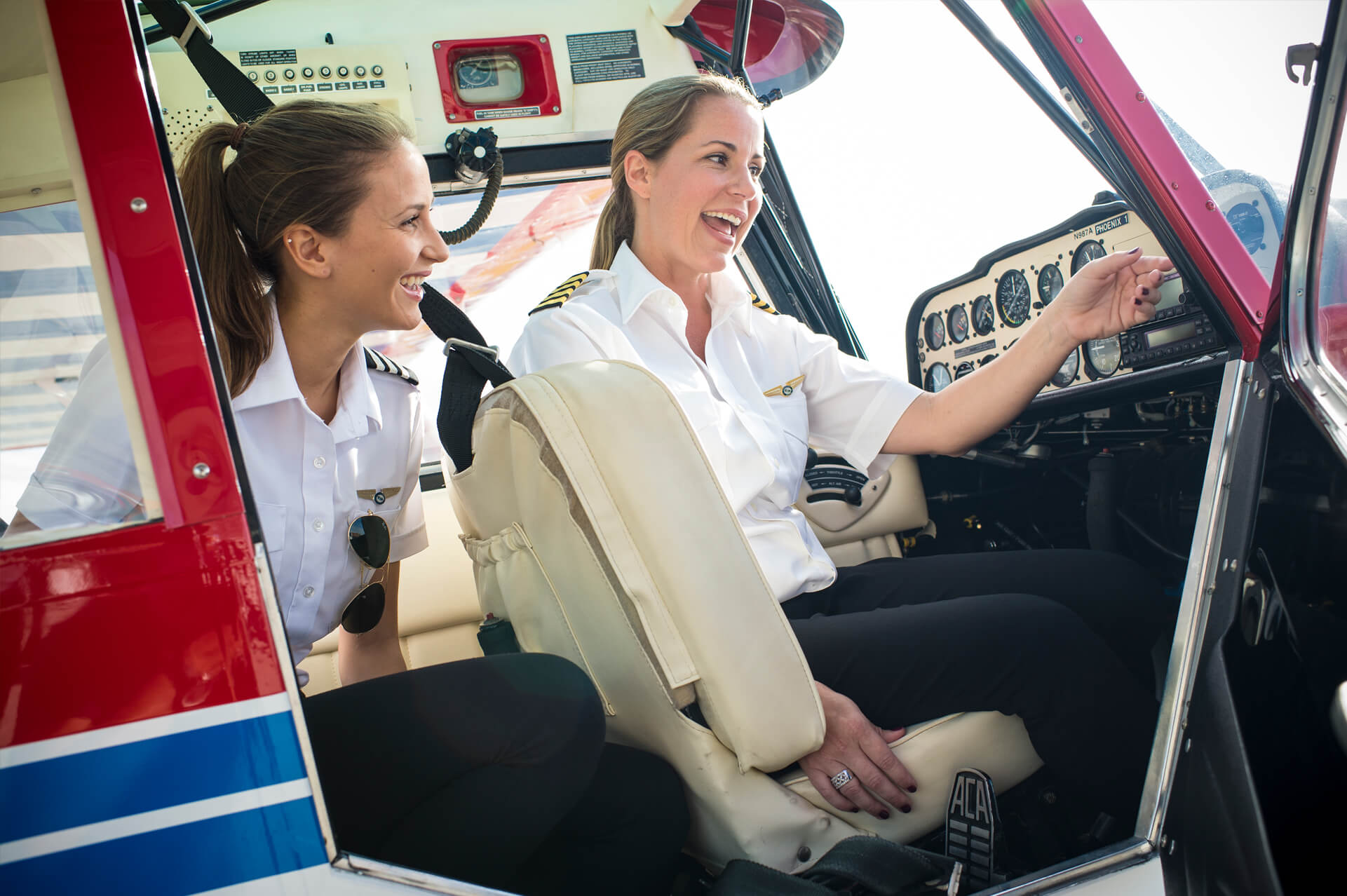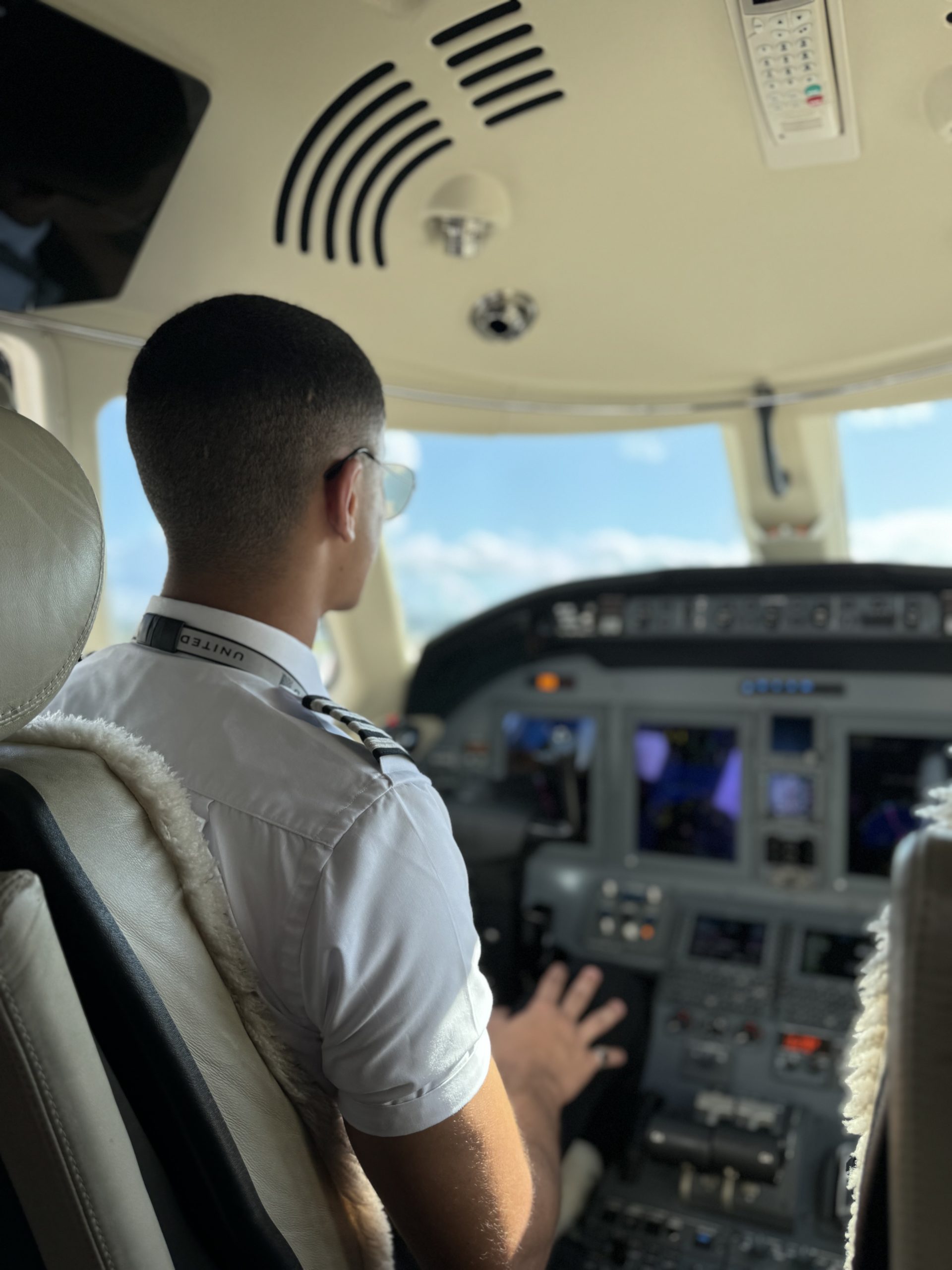By Erica Johnson
on May 18, 2012 00:05 AM
|
Maybe you’ve never flown in a airplane before — many of us haven’t; we’ve just gone from one place to another on an airliner….or maybe you’ve decided you really want to fly for a career, but you’ve yet to even fly in an airplane. What can you expect on your first training flight?
Phoenix East Aviation believes you should start both your flight training and your ground training as soon as you arrive and get settled in Florida. On your first flight, you should arrive a little early so you can look around the dispatch room (where you will meet your instructor for each flight, every time), observe the action — and of course meet your instructor.
You and your instructor will then walk out to the airplane you’ve been assigned to for this flight. The instructor will “preflight” the aircraft, walking around and checking to make sure all is as it should be. He or she will be explaining what he’s checking for and how to do it. This preflight check will take about 10 or 15 minutes.
You’ll then get in the airplane, in the right seat, and put on your head phones, so you can hear what the instructor is saying, as well as hearing air traffic control instructions. The pilot-in-command (your instructor, in this case), will be in the left seat. You may be surprised at how training aircraft are, if you have only flown in a big commercial airliner. Phoenix East Aviation flies the Cessna C172SP, the best, most reliable and safest training aircraft in the world. After checking the gauges and then starting up the engine, you will taxi to the runway. The instructor will be talking to ground control during this time. At that time, before takeoff, your instructor will do one final check of the plane.
You will then take off, enjoying the experience of lifting off the runway and watching the world go by. It’s an exciting and exhilarating experience, especially for this first time.
Once you reach a safe altitude and are away from the airport, your instructor may let me take over the controls for a bit, just to let you get a feel for the aircraft. Of course, your instructor will be guiding you as you do this. After about 30-40 minutes in the air (during which time your instructor will be providing you with lots of new information), you will then start to head back to the airport.
After getting air traffic control instructions, you will enter the traffic pattern and then come in and land. This is typically the most exciting part of your first flight.
Once back on the ground and back in the dispatch room, your instructor will “de-brief” the flight with you, which is providing more information and instruction about the flight. And now………..your flying career will have officially begun!
If this sounds like something you’d like to experience, contact
www.pea.com and talk to an Admissions Officer about how you can start training at Phoenix East Aviation to become an airline pilot.




